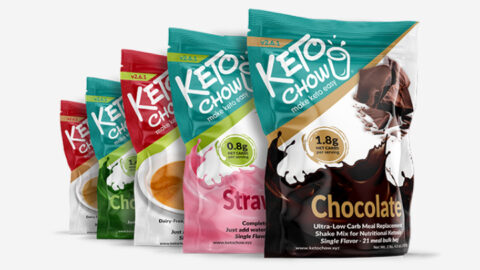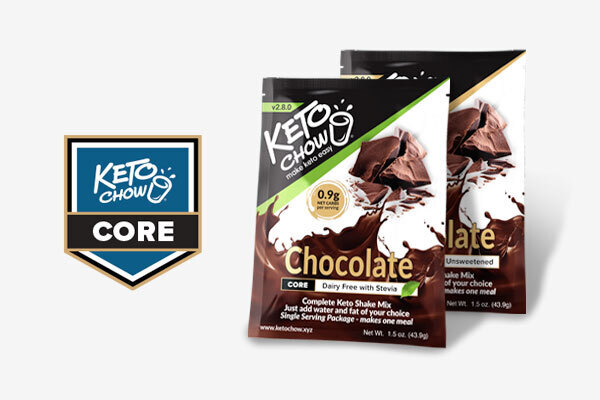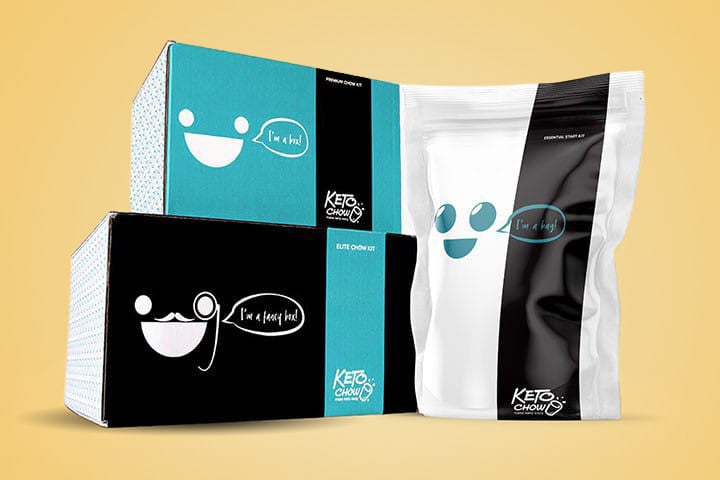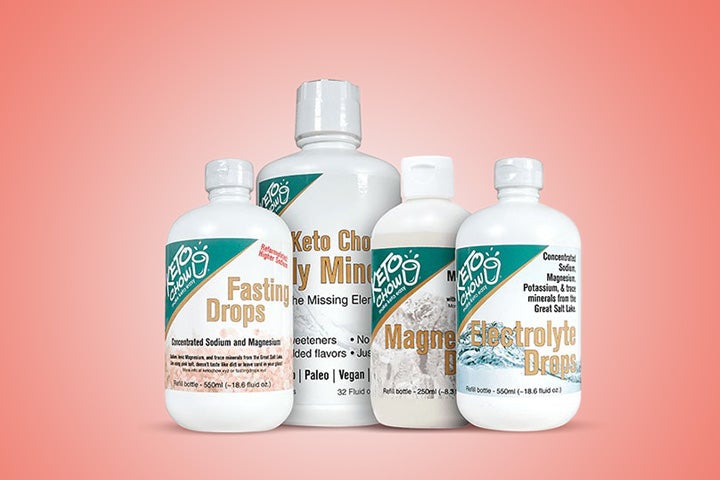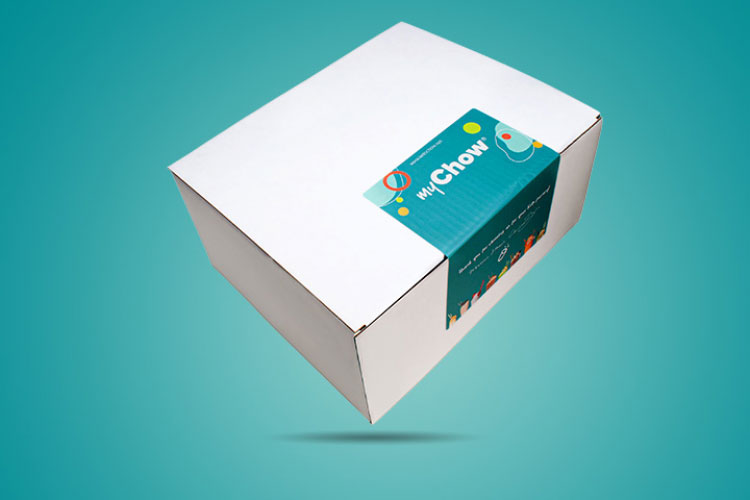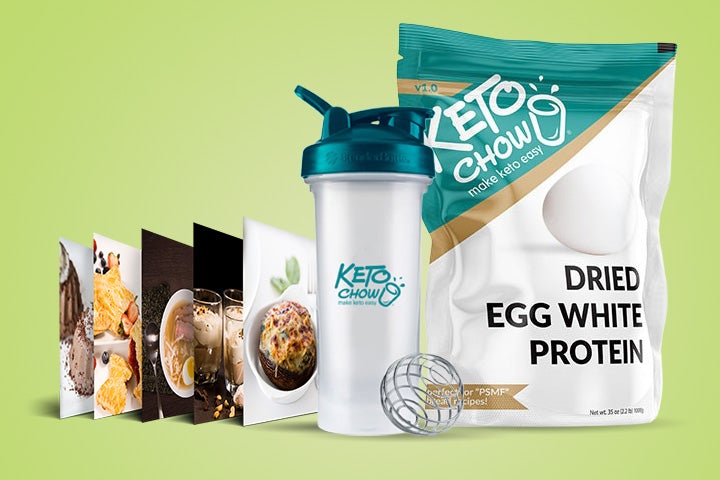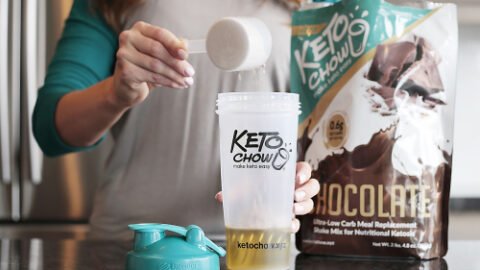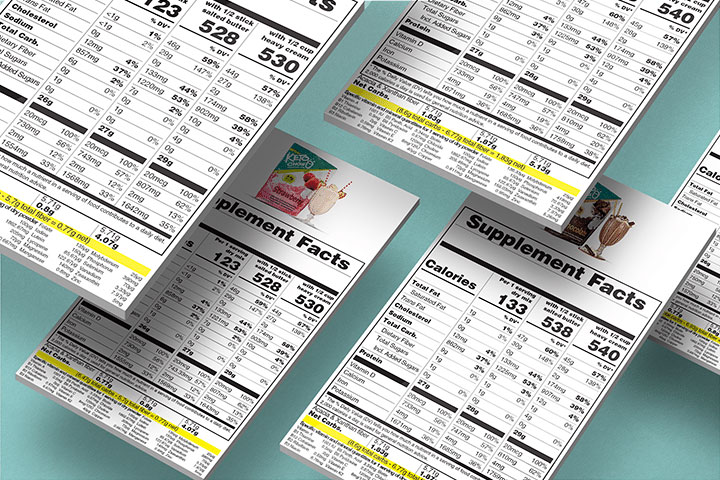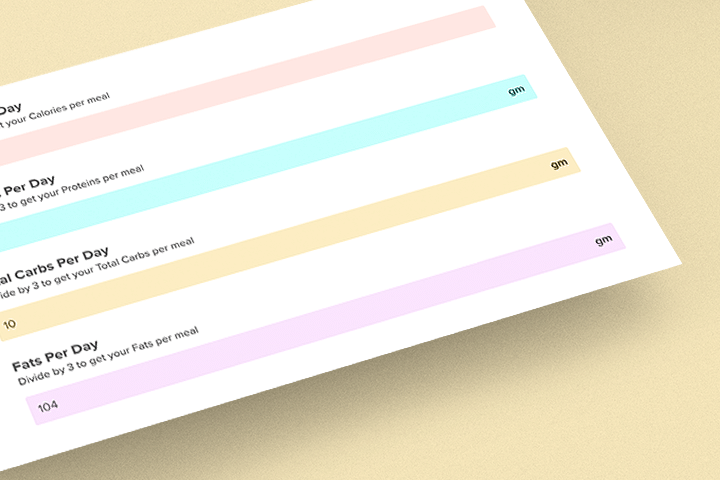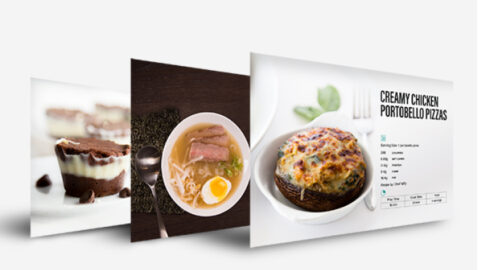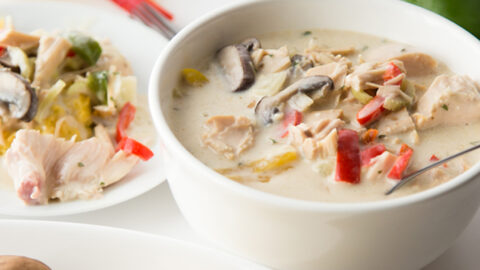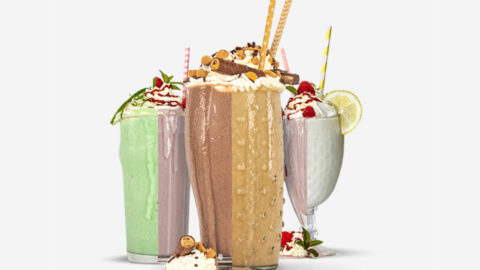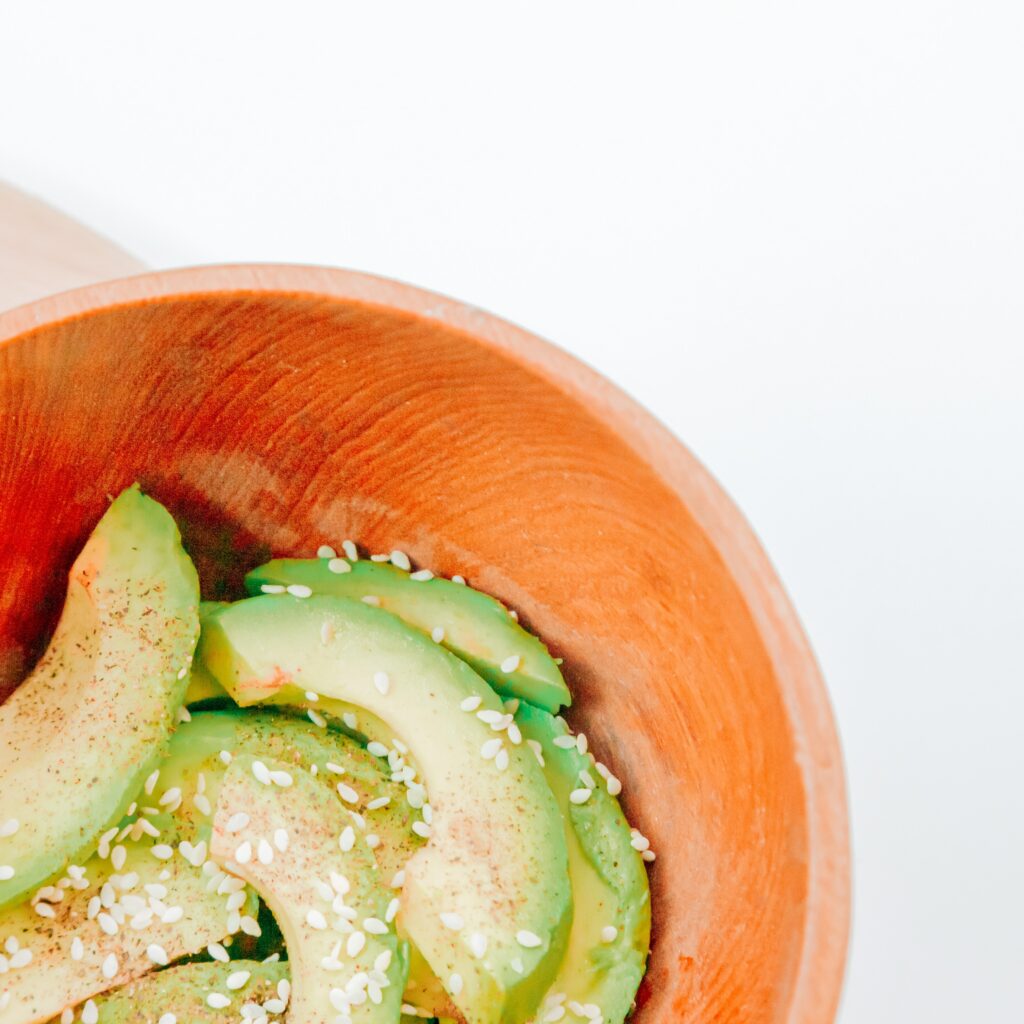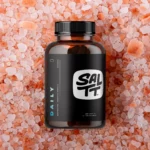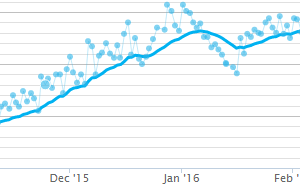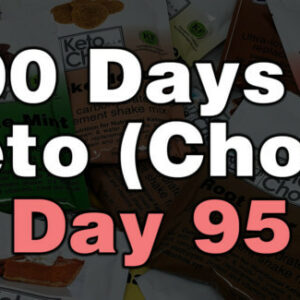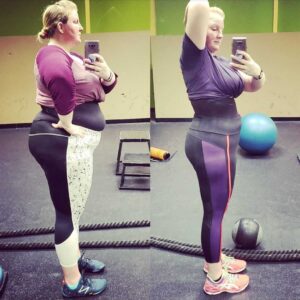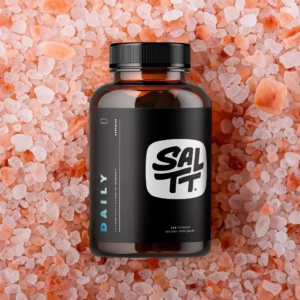Keto diets can be as diverse as the people who follow them. Some people include lots of vegetables plus some nuts, berries, and other fiber-containing foods while folks who eat closer to the carnivore side of things eat little to no fiber at all. How can it be that some people feel their best including lots of fiber in their diet when others feel best with none?
Let’s break this down and look at the pros and cons of fiber on a keto diet.
Fiber isn’t essential
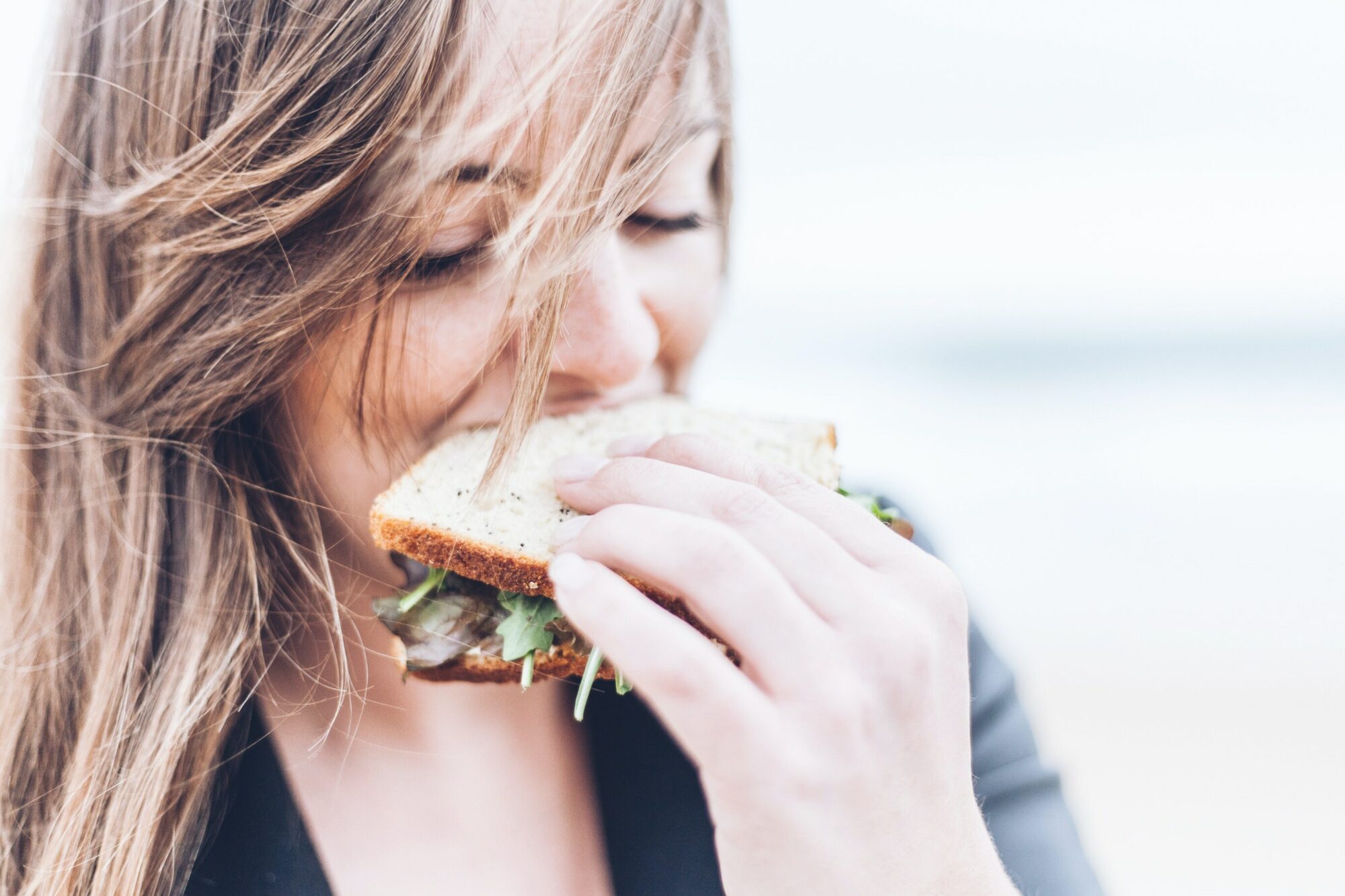
Before we get into the finer points of fiber, let’s get one thing out of the way: fiber isn’t essential. That’s right: you don’t have to eat fiber. Fiber is a type of carbohydrate, and since there’s no requirement in the human diet for any carbohydrate at all, that means there’s no requirement for fiber.
But just because you don’t have to consume any doesn’t mean it might not be beneficial. After all, there’s no requirement in the human diet for saturated fat or cholesterol (your body can make those on its own), but most of us certainly like eating foods that give us some! And while many people are thriving on the zero-carb “carnivore diet” these days, healthy humans all around the world have included plant foods in their diet since time immemorial, so it’s clear that fibrous foods can be part of a diet that supports excellent health and longevity.
So the question remains: should you include fiber in your diet or not? Let’s go point by point.
Smooth digestion
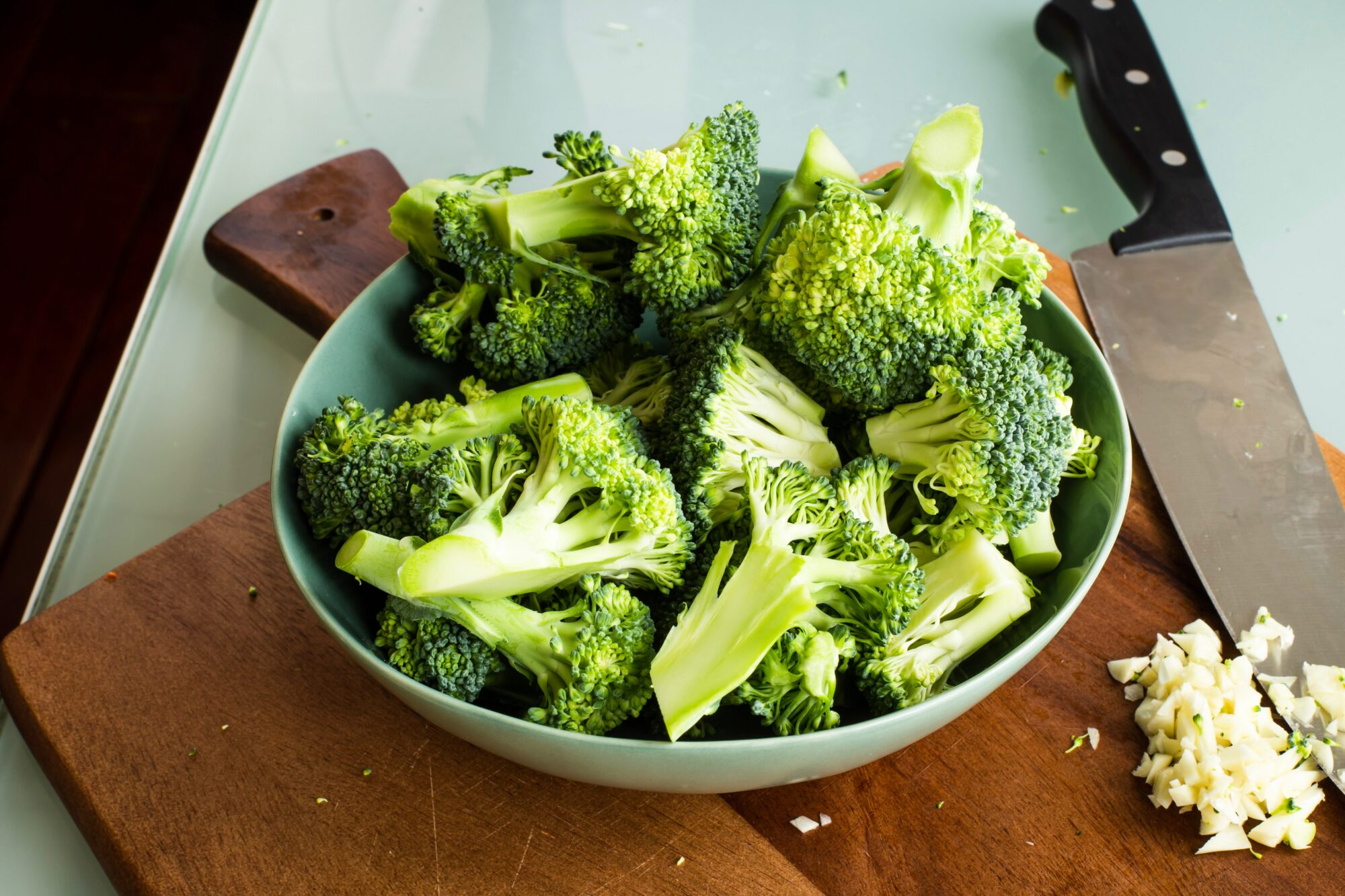
For some people, fiber keeps the digestive system running smoothly, preventing constipation and ensuring regular bowel movements.
For some people, though, fiber makes constipation worse! If you have constipation owing to low motility (the muscles in your colon aren’t moving things along in a timely manner), then you don’t want to create even more stool that will just sit there and stagnate. (When there’s already a traffic jam, the last thing you want is to add more cars!)
A fascinating study published in the World Journal of Gastroenterology showed that patients with idiopathic (unexplained) chronic constipation had substantial improvements in symptoms on a no-fiber diet. After six months, all subjects on the no-fiber diet reported total freedom from bloating and straining, and greater frequency of bowel movements.
For the opposite problem – irritable bowel syndrome with a dominance of diarrhea (IBS-D), a ketogenic diet (less than 20 total grams of carbohydrate) was shown to reduce bowel movement frequency while improving stool consistency, pain, and quality of life. This was not a no-fiber diet, but with a limit of 20 grams of carbohydrate, the total amount of fiber consumed would have been very low.
If you have GI issues, evaluate your current fiber intake and see if you think you would benefit from increasing or decreasing it. You can always do a temporary trial going either way and see if you feel noticeably different.
Blood sugar stability
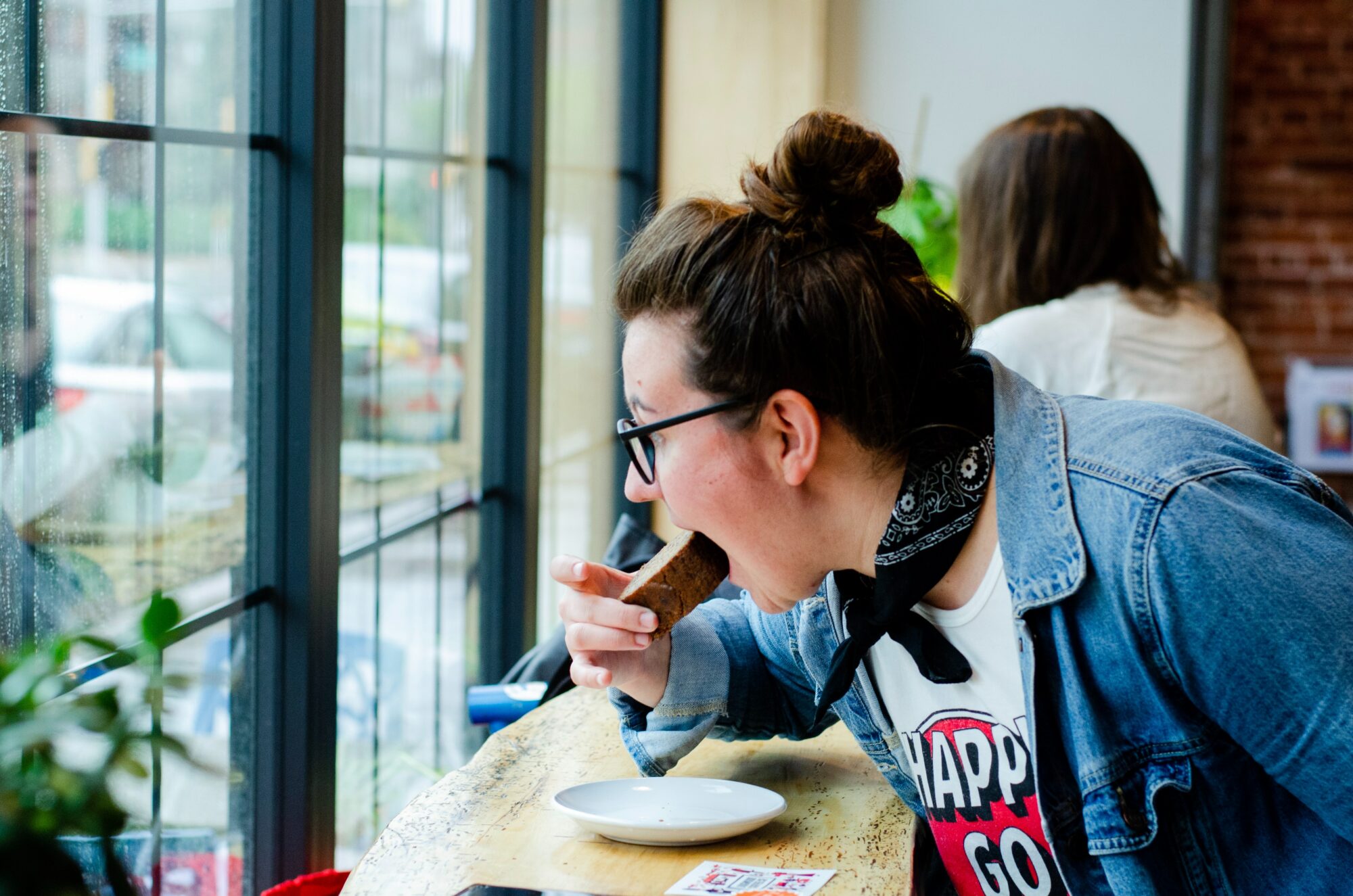
Fiber helps delay stomach emptying after a meal, which can slow the absorption of glucose, potentially mitigating blood sugar spikes and crashes. Numerous studies report associations between fiber intake and lower risk for type 2 diabetes and other cardiometabolic diseases, but these are associational, so we can’t say it’s the presence of fiber, specifically, that reduces the risk.
But what if you follow a keto diet? You don’t need fiber to help delay or decrease the absorption of glucose when you’re eating very little carbohydrate in the first place. You don’t need to “mitigate” the effects of a high-carbohydrate intake when you don’t have a high carbohydrate intake.
So while fiber does have a beneficial impact on blood sugar regulation in people eating a high-carb diet, this might not be relevant to those who eat keto.
Effect on satiety
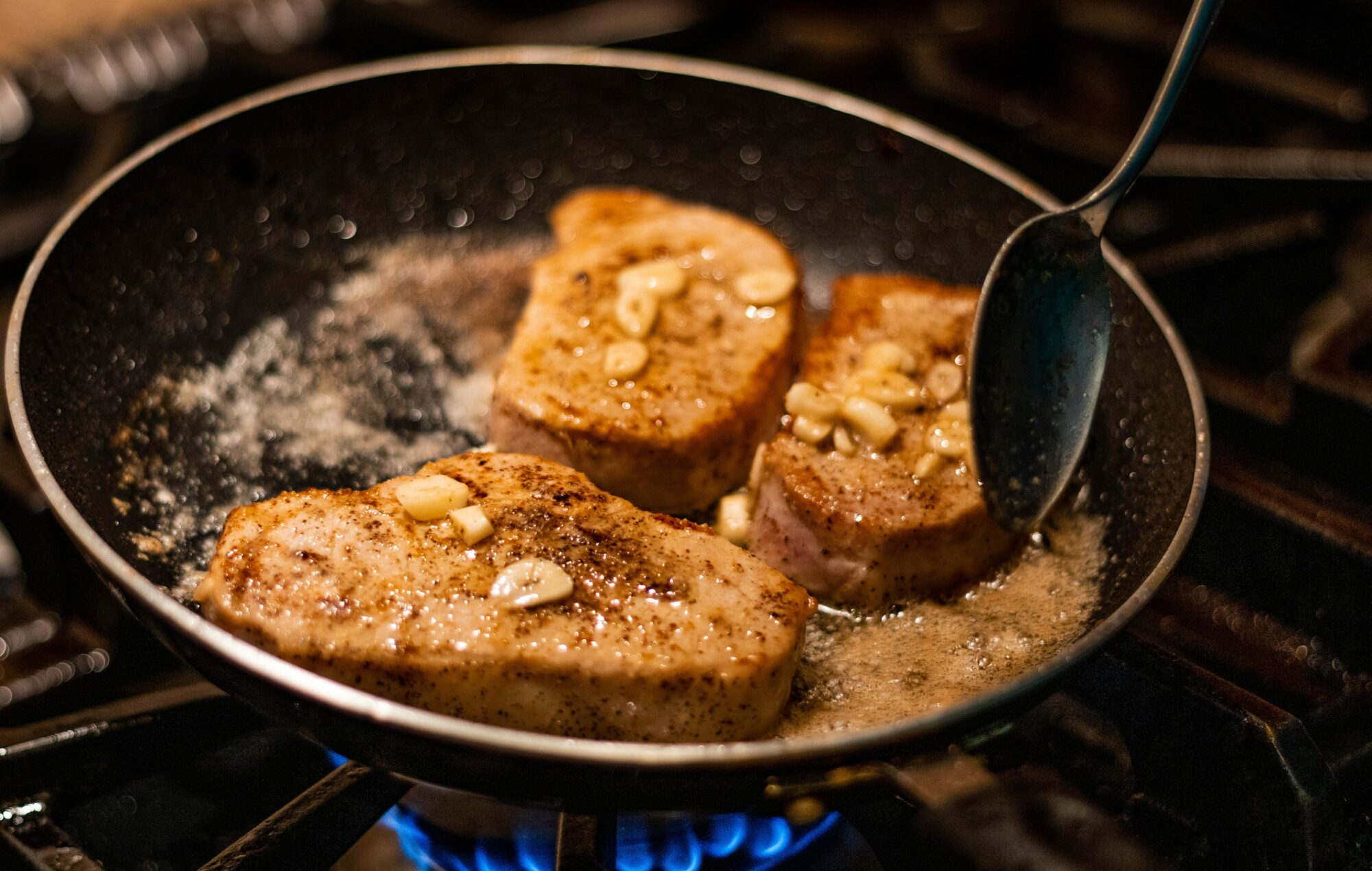
By way of keeping blood sugar and insulin levels relatively stable, keto diets tend to reduce or eliminate cravings and keep you satiated between meals. (You don’t get “hangry” or feel the need to snack all day long.) And while plenty of folks feel most satiated solely with protein and fat, for others, fiber provides a sense of lasting fullness they don’t get from fatty meat alone.
If you feel satiated on fatty proteins, then you don’t need vegetables or other higher fiber foods to help in that area. But if you feel like something’s missing when you sit down to a steak or pork chop and nothing else, you’re not doing anything wrong if you include vegetables with your meals.
Vegetables provide a nice variety and they also contain select micronutrients that aren’t as easy to get from animal foods, such as vitamin C, folate, and magnesium. Plus, if you consider yourself to be a “volume eater,” you can eat a substantial amount of vegetables while racking up very few carbs to mess with your keto diet.
Keto Fiber Sources
If you feel best with more fiber in your diet or if you’ve been consuming very little fiber and you’re not feeling so great and you want to see if increasing fiber might help, where can you get fiber while keeping the carbs low?
Non-starchy vegetables & low-sugar fruits
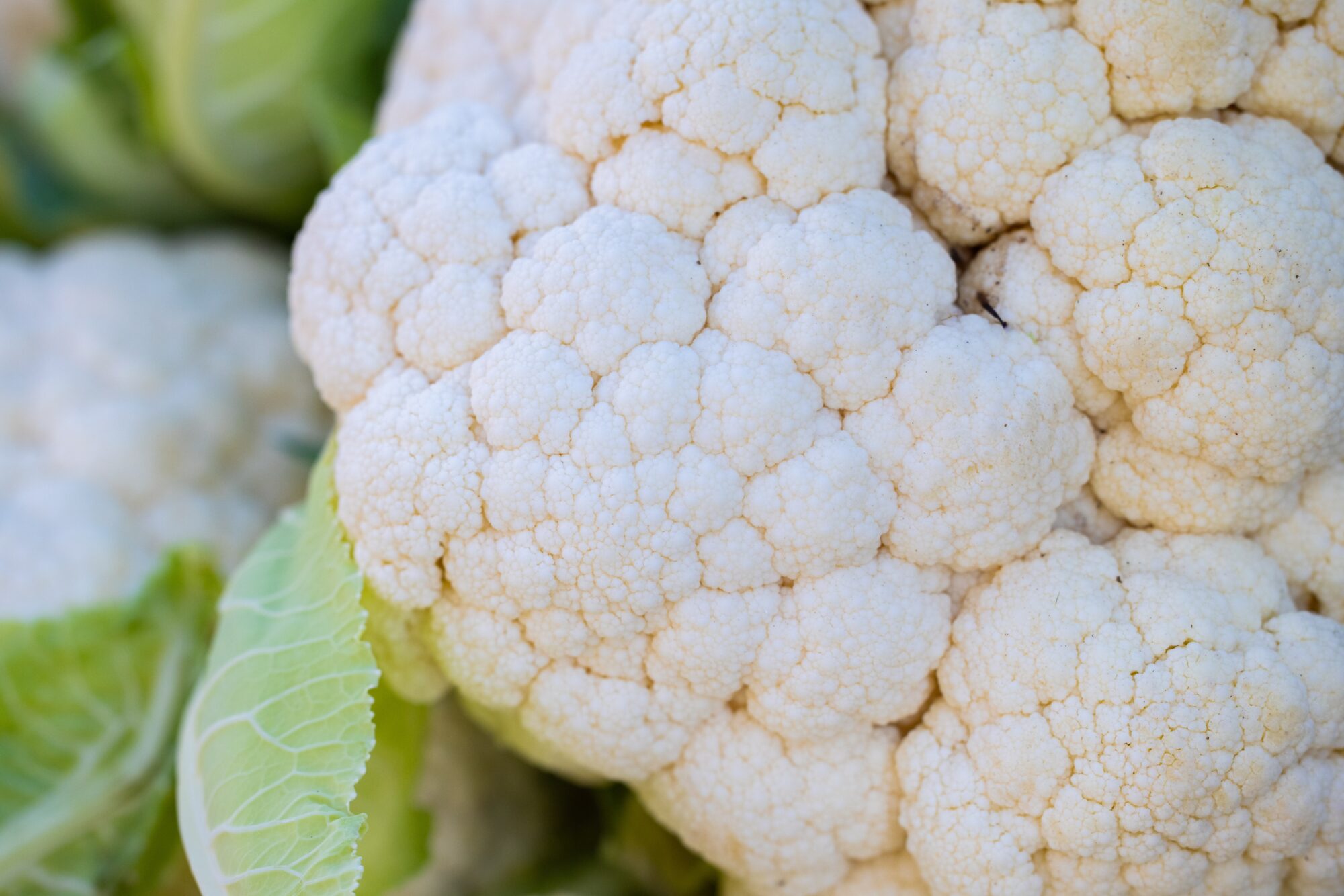
Leafy greens, non-starchy vegetables, and low-sugar fruits (like broccoli, cauliflower, zucchini, tomatoes, asparagus, and brussels sprouts) give you fiber along with magnesium, potassium, folate, vitamin C and other nutrients.
Avocado
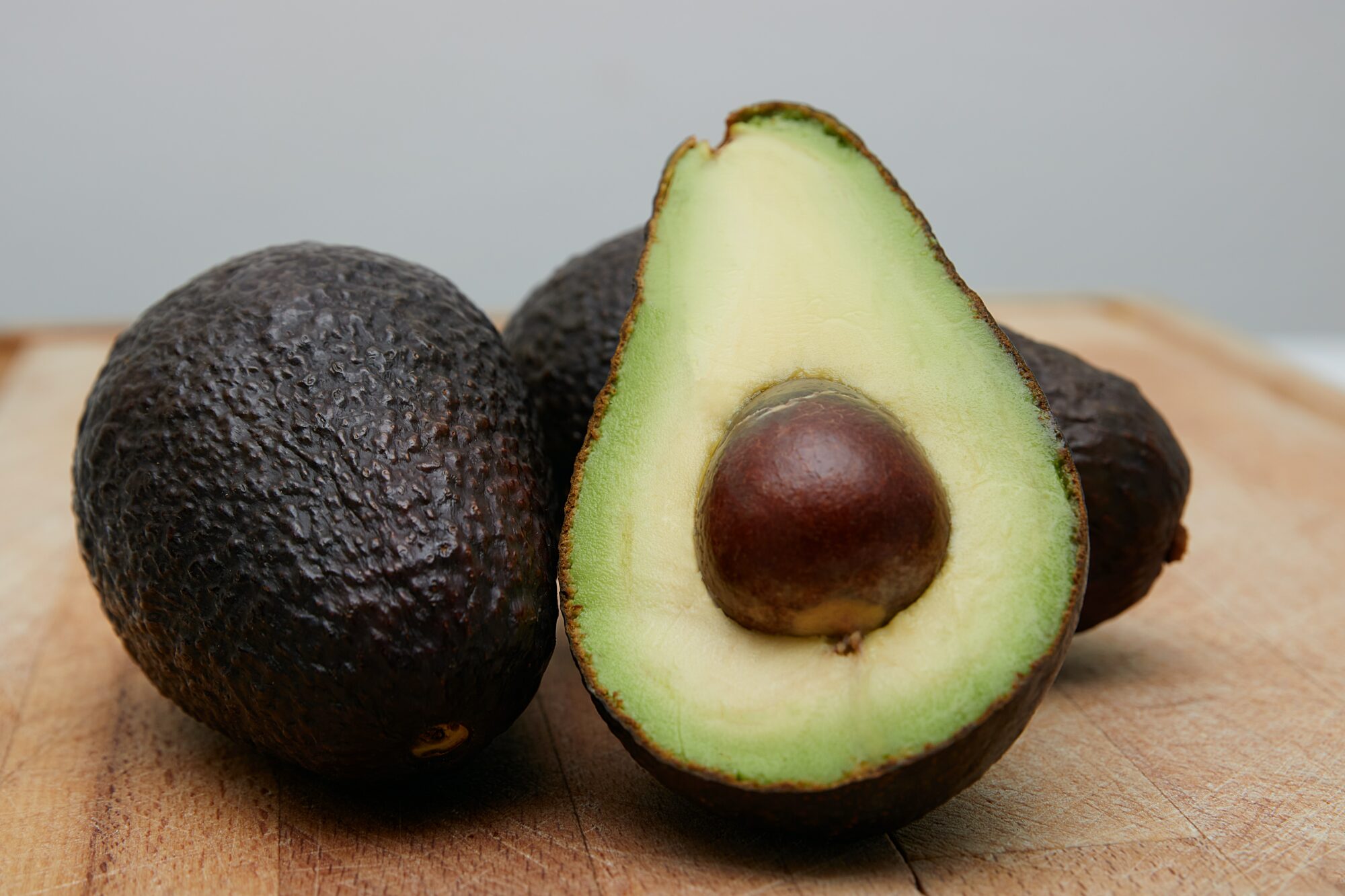
These delicious but delicate fruits are perfect for keto, supplying not only fiber but a hefty dose of potassium, folate, and monounsaturated fat.
Nuts and seeds
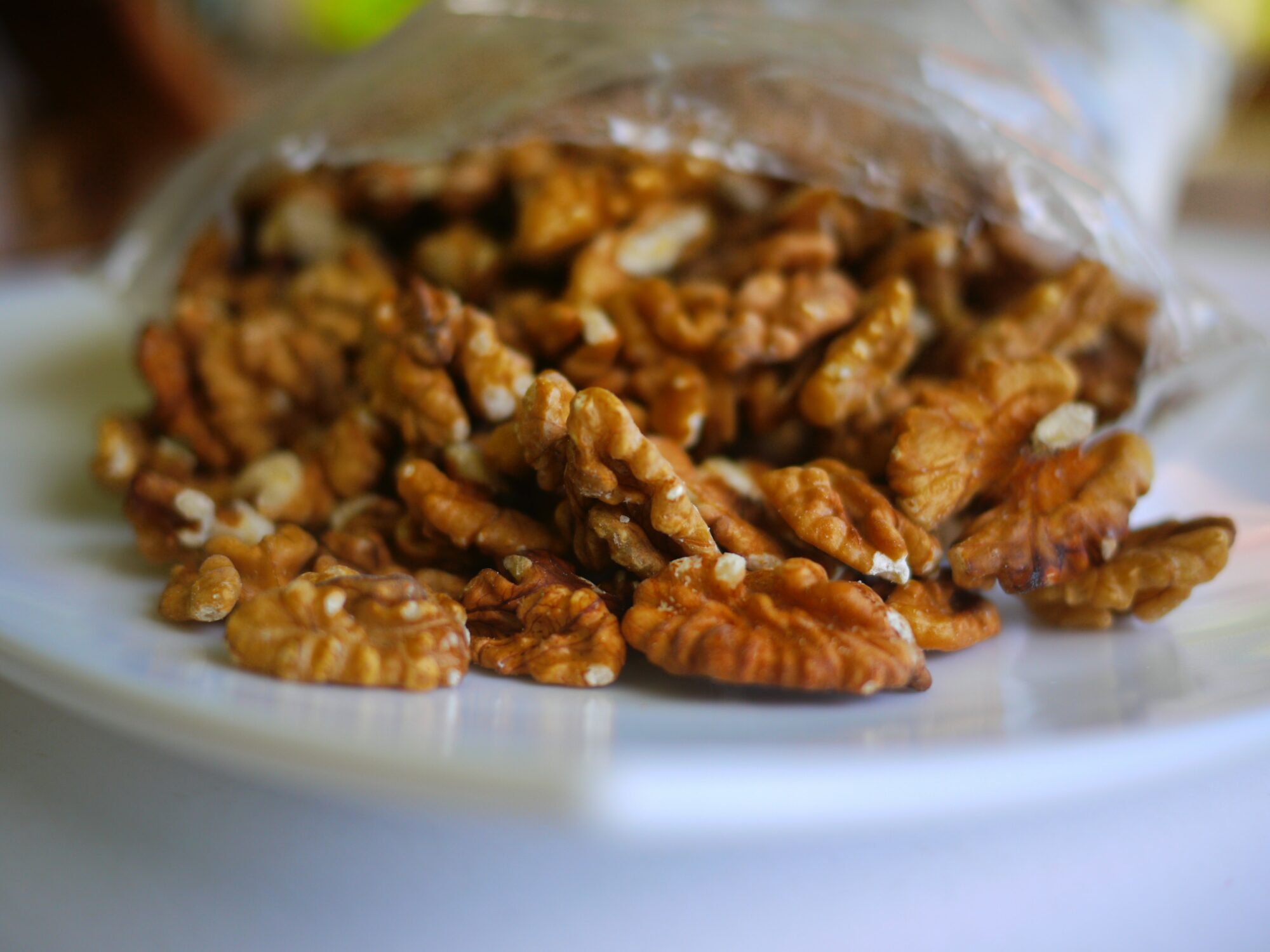
Almonds, pecans, chia seeds, flax seeds, and other nuts and seeds provide manganese, copper, zinc, magnesium, and other nutrients, plus a hefty dose of healthy fats along with their fiber.
Phytic acid, a storage form of phosphorus found in nuts, seeds, grains and beans, may reduce the amount of these minerals you absorb, but this isn’t a problem if you occasionally snack on nuts and are getting a variety of other foods in your diet.
(Most people are better off going easy on nuts and seeds, anyway. It’s the rare person who doesn’t go overboard and polish off half a container or more in one sitting when they meant to have only a handful. Overdoing high-fat morsels, like nuts and nut butters, is a common reason for slow or stalled fat loss on a keto diet.)
But eaten in reasonable quantities, nuts can satisfy the desire for something salty and crunchy. They’re good on their own as a snack, or for adding crunch to a salad, or topping yogurt or keto ice cream.
Bottom Line

As always, do what works best for you. If your keto diet currently includes a lot of vegetables, nuts, and other fiber-containing foods and you feel well, then keep on keepin’ on. But if you’ve discovered that you feel better with less fiber in your diet, that’s okay, too.
Looking to make keto easy?
Then check out Keto Chow! Keto Chow is a low-carb shake with 1/3 of your daily recommended nutrients. Not only does it make macro counting easier, the shake only takes seconds to make! Choose from over 30 flavors, too.
